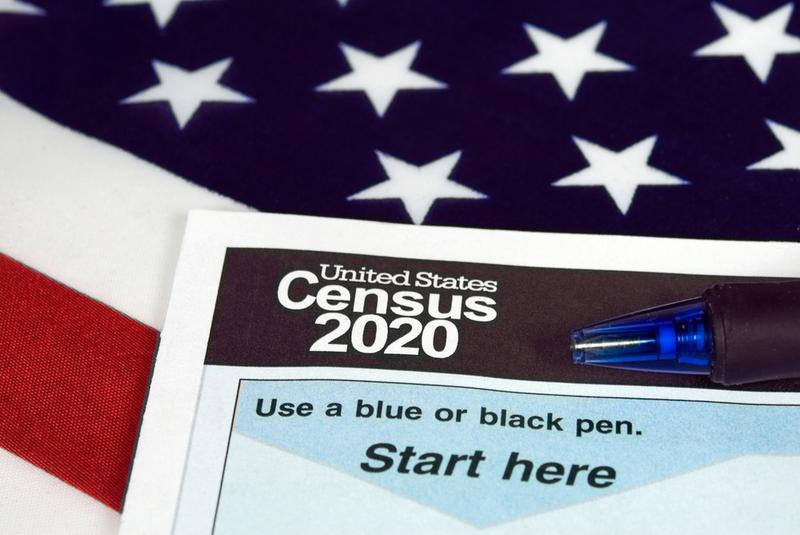
Derrick is a 67-year-old black man who lives in Astoria. If the city has any hope of getting most of its residents counted next year, demographers believe they need to convince people like him that the census isn't evil.
"Maybe ten years ago, I would've answered," he said, while walking past the Queensbridge Houses in Long Island City. "But now, the way things are with the [Trump] administration and how they're oppressing people, I want no part of it."
They're caging little children, he said.
"To me, something like the census is a big joke now. And it seems like something to give ICE ammunition...It's really a bunch of crap in my opinion."
So how would he respond if a census enumerator showed up at his home?
"I would close the door in their face."
The census has always required a herculean effort, but in the current political climate, city officials and community groups are bracing for what could be the worst undercount ever. This despite the Trump administration's abandoned effort to place a citizenship question on the census. The damage, as many census experts like to say, has been done.
Joe Salvo, the city's chief demographer, said the current record for an undercount is held by the 1990 census.
"The undercount in the city was about a quarter of a million people," he said. About three percent of the city's population.
In 2020, he said an undercount of 400,000, or five percent, is conceivable. And even 500,000 isn't out of the realm of possibility.
Either of these scenarios would very likely mean fewer Congressional seats, as well as less federal funding for public health crises, schools, ESL training and emergency preparedness.
"The census bureau and the decennial census defines reality," said Peter Lobo, Salvo's colleague at the Department of City Planning. "It tells us who we are."
But it's not just an undercount. It's an undercount of some communities compounded by an overcount of others.
"People who are double-counted tend to be white," said Lobo, "and people who are missed tend to be black and Hispanic."
Lobo said the white population will very likely be overcounted because they may own multiple homes and get multiple census forms and actually fill out those forms.
The Urban Institute ran simulations of the 2020 census and it projects a white overcount both nationally and locally. But the overcount will likely be dwarfed by the number of people who simply ignore the census. These include African Americans, who could experience the most significant undercount of any major racial or ethnic group, as well as members of immigrant communities.
"There's a fear in those families that reporting on household members who aren't citizens could lead to families being separated because the family member could be reported," said Sophie Simon, the director for immigrant services at Jacob A. Riis Neighborhood Settlement, in Long Island City.
As in the past, the Census Bureau will reach out to households by mail and by going door to door. But for the first time, it will also reach them online next year.
Although federal funding equations are notoriously complex, by one rule of thumb, a single person represents $2700 in potential federal funding. By that measure, if 400,000 New Yorkers like Derrick do refuse to engage with the census, that's more than one billion dollars in lost funding for New York City.
Julie Menin, the city's census director, is hoping to use figures like these to her advantage. The job of getting people to fill out their census forms falls on her and her team, and if they're to be successful, they'll need to erase the cynicism and sense of defeat that permeates some communities.
"That's letting the Trump administration win," said Menin. "That's exactly what their intent was by asking the citizenship question. It was to cause fear and intimidation. To bully immigrant communities and communities of color. If we give in to that, then they've won."
Menin is getting help. For the first time, the city has allocated funding to census outreach. $40 million of it. That's on top of $20 million in state funding. Menin said this money will help place ads across the five boroughs.
It'll also be directed to organizations that can mobilize the most undercounted communities, and help convince New Yorkers that they simply cannot afford to sit this one out.

